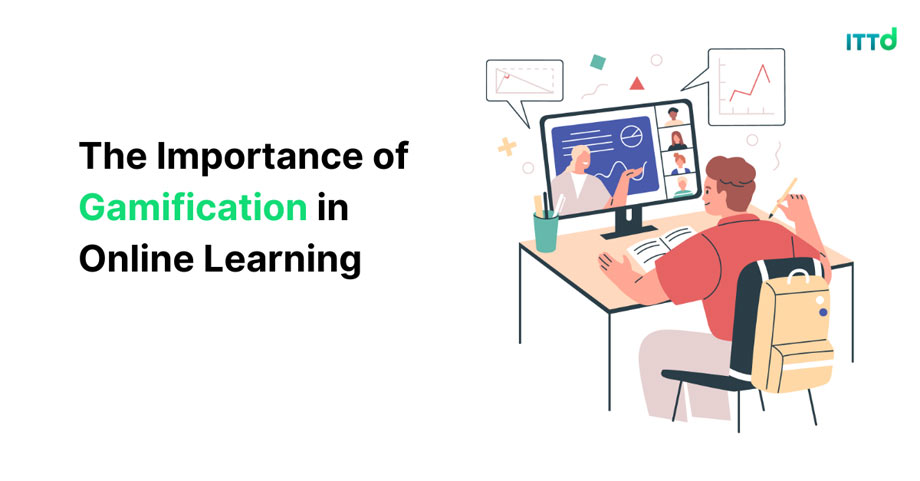The Power of Gamification in eLearning: Engaging and Motivating Learners

Introduction:
Traditional methods of learning are being replaced by innovative approaches that harness new technologies. One such revolutionary concept that has taken the eLearning landscape by storm is “Gamification.” By incorporating game elements and mechanics into educational content, gamification has proven to be a powerful tool that engages and motivates learners.
In this blog, we explore the potential of gamification in eLearning and how it can create an immersive and effective learning experience.
What Is Gamification in eLearning?
Gamification is the integration of game design principles, mechanics, and elements into non-gaming contexts, such as eLearning, to boost learner engagement and motivation. It leverages our inherent human desire for achievement, competition, and reward, making the learning process more enjoyable and interactive.
The Psychology Behind Gamification:
Gamification exploits various psychological triggers that influence human behavior, such as:
a) Intrinsic Motivation: Games are inherently satisfying. In eLearning, gamification provides learners with a feeling of control over their progress, opportunities to improve skills, and a clear sense of achievement.
b) Immediate Feedback: Gamified eLearning platforms provide instant feedback of a learners’ performance, reinforcing positive behaviors and enabling quick course corrections.
c) Sense of Accomplishment: By incorporating rewards, badges, or points for completing tasks, learners experience a sense of accomplishment, pushing them to strive for more significant achievements.
Enhancing Learner Engagement:
One of the most significant advantages of gamified eLearning is its ability to enhance learner engagement. Traditional learning methods can sometimes be monotonous, leading to disinterest and reduced retention. However, gamified eLearning addresses this challenge in several ways:
a) Storytelling: Gamified courses often present content in the form of a narrative or story, making the learning experience more immersive and captivating.
b) Interactivity: Gamification encourages active participation and interactivity, enabling learners to explore, experiment, and learn by doing.
c) Competition and Collaboration: Leaderboards, challenges, and team-based activities foster healthy competition and collaboration among learners, adding excitement to the learning journey.
Fostering Continuous Learning
Gamification promotes a culture of continuous learning by instilling a growth mindset among learners. The pursuit of higher scores or unlocking new achievements motivates learners to revisit content, seek additional resources, and master concepts. This process of self-directed learning helps learners develop skills while exciting their curiosity to learn more.
Real-World Application:
Gamification in eLearning isn’t just about fun and games; it has real-world applications that translate to tangible benefits for organizations:
a) Skill Development: Gamified eLearning enables learners to acquire and hone skills essential for their roles, resulting in a more competent and capable workforce.
b) Employee Motivation: By incorporating gamification into corporate training, organizations can boost employee motivation, leading to increased productivity and job satisfaction.
c) Data-driven Insights: Gamified platforms collect valuable data on learner performance and behavior. Analyzing this data can provide insights into the effectiveness of training programs, allowing for continuous improvement.
Conclusion
The power of gamification in eLearning cannot be understated. It has proven to be an effective strategy for engaging learners, motivating them to excel, and fostering a culture of continuous learning.
By tapping into our natural inclinations for challenge, competition, and achievement, gamification transforms learning experiences into enjoyable and rewarding journeys. As technology continues to advance, eLearning leaders and organizations must embrace gamification to shape the future of education and development. So, let the games begin, and let learning thrive!
